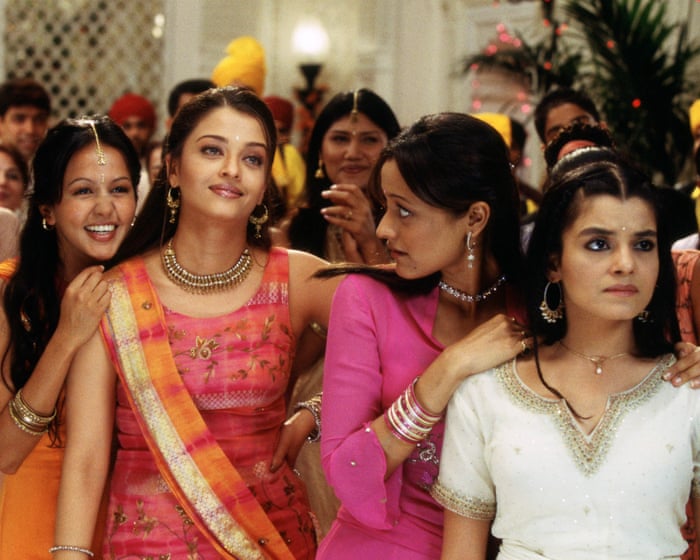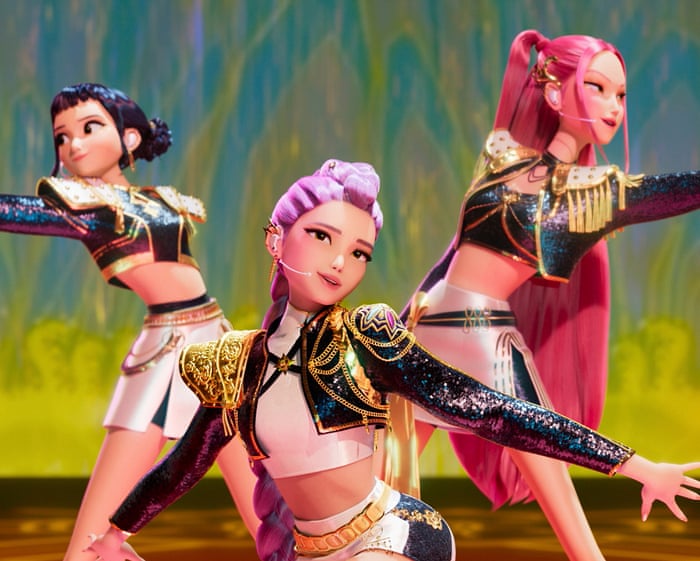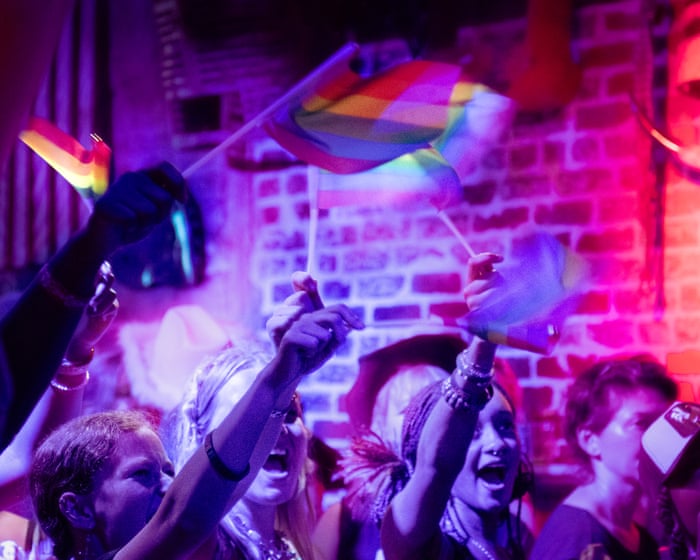We’ve never been short on Jane Austen film adaptations. In fact, it seems a new one comes along every decade—two were just announced recently, including Netflix’s take on Pride & Prejudice. Yet one adaptation has been unfairly overlooked: Gurinder Chadha’s Bride & Prejudice.
A cross-cultural blend of British, Bollywood, and Hollywood styles, this take on Austen’s most famous novel is pure joy—bursting with original musical numbers, vibrant costumes, chaos, culture clashes, and, of course, romance.
You might think it wouldn’t work, but it does. Released after the massive success of Bend It Like Beckham, Chadha spent two years filming Bride & Prejudice across three continents. It’s a tribute to the Bollywood films she grew up with, but with a modern Western twist—a cinematic expression of her mixed cultural identity.
The comfort comes from the beloved storyline, which feels effortlessly familiar. Themes of class, social expectations, and prejudice are filtered through Bollywood tropes and melodrama. We travel from Amritsar to Goa, then to LA and London. More than that, Austen’s world fits surprisingly well into contemporary India, where arranged marriages still represent security and status. These parallels make the novel a perfect match for a 21st-century Indian retelling.
The Bennets become the Bakshis—a middle-class family from Amritsar with four daughters to marry off. Our heroine is Lalita, played by former Miss World and Bollywood icon Aishwarya Rai. Like Elizabeth Bennet, she’s clever, spirited, and sometimes arrogant. Reviews were mixed, but everyone agreed on Rai’s beauty. Described as a “stately beauty” by The Guardian and called a “world-class hottie” by Rolling Stone, she dazzled on screen while skillfully bridging Bollywood spectacle with British sensibility.
At a wedding party, we meet Mr. Darcy—reimagined as Will Darcy (Martin Henderson), an American real estate tycoon. He arrives with his best friend Balraj (Naveen Andrews) and Balraj’s sister Kiran (Indira Varma). So begins the East-meets-West culture clash. “Watch out, Darcy, he’s about to turn into the Indian MC Hammer,” Kiran jokes as the film’s best dance number kicks off. During this lively scene, Lalita shines, and Darcy falls for her—but his comments at their first meeting reek of Western superiority, and Lalita, quick to judge, writes him off.
Balraj invites Lalita and her older sister Jaya (Namrata Shirodkar) to Goa, where Darcy is scouting a potential hotel purchase. Lalita passionately challenges his motives: “You think this is India? Five-star comfort with a bit of culture thrown in? Well, I don’t want you to turn India into a theme park.” Her words feel just as relevant today.
Chadha adds layers of intersectionality to Austen’s tale. Here, class is inseparable from culture and colonialism. India’s recent independence lingers in the background, and Western misunderstandings of Indian identity and values are woven into the story.
In Goa, we meet George Wickham (Daniel Gillies), shirtless and smoldering, who intrigues Lalita while undermining Darcy’s reputation. Fun fact: it’s common in Bollywood films to include an “item number,” where a glamorous performer takes center stage for a showpiece song that rarely advances the plot. Staying true to tradition, American singer Ashanti delivers a sultry Bollywood-R&B fusion performance.
From here, the plot largely follows Austen’s original. Along the way, we meet Mr. Kohli (Nitin Ganatra), aka Mr. Collins—or as Mrs. Bakshi puts it, “your father’s sister’s husband’s sister’s son.” He’s an exaggerated portrait of a first-generation Indian-American, enamored with the West yet obsessed with marriage. Lalita inevitably begins to see Darcy’s better qualities. Their romance unfolds through a Bollywood-inspired montage—a full-throttle song that soars into the heavens.The film ends with a choir singing on Venice Beach. Staying true to the novel’s quirks isn’t the goal here—so skip it if you’re a stickler for accuracy or dislike characters suddenly breaking into song. While it may lack subtle depth, the movie overflows with joy. Austen’s novels often simmer with restrained emotion beneath the surface, but in Bride & Prejudice, those feelings explode into larger-than-life musical numbers by Bollywood legend Anu Malik.
Funded mainly by the UK Film Council, this was a truly cross-cultural project—filmed in LA, London, and India, with cast and crew from all three countries collaborating to create something fresh. Could a film like this be made today? I’m not so sure.
What I am sure of is that Bride & Prejudice celebrates Bollywood. The cast is gorgeous, the energy is infectious, and any film that shakes up a classic, mostly white narrative with cultural diversity deserves applause. Perhaps its biggest message is this: finding common ground across cultures is far more compelling. If that isn’t feel-good, I don’t know what is.
Bride & Prejudice is available to rent digitally in the US, UK, and Australia.
Frequently Asked Questions
Of course Here is a list of helpful and natural FAQs about why Bride and Prejudice is a goto feelgood movie
Frequently Asked Questions
Q What is Bride and Prejudice about
A Its a vibrant Bollywoodstyle musical adaptation of Jane Austens classic novel Pride and Prejudice set in modernday India It follows the romantic ups and downs of the lively Bakshi family particularly the headstrong Lalita and a wealthy American hotelier Will Darcy
Q Why is it considered a feelgood movie
A The movie is packed with bright colors huge musical dance numbers overthetop comedy and an overall sense of joy and celebration Its designed to be fun uplifting and an escape from everyday stress
Q Im not familiar with Bollywood movies Will I still enjoy it
A Absolutely While it has all the classic Bollywood elements its made in English and has a very accessible Western storyline Its a perfect gentle introduction to the genre
Q What exactly makes the energy contagious
A The energy comes from the combination of energetic dance sequences catchy music the characters passionate emotions and the films fastpaced colorful visuals Its hard not to smile or tap your feet along with it
Q Is it a good movie to watch with friends
A Yes its an excellent group movie The dramatic moments are fun to react to the songs are great to sing along with and the cultural clash humor provides lots of laughs to share
Q I love the original Pride and Prejudice How does this version compare
A It faithfully follows the core plot and character dynamics of the novel but transplants them into a glamorous crosscultural setting The social commentary is still there but is expressed through differences between Indian family values and Western individualism rather than 19thcentury British classism
Q Are there any standout performances or scenes




